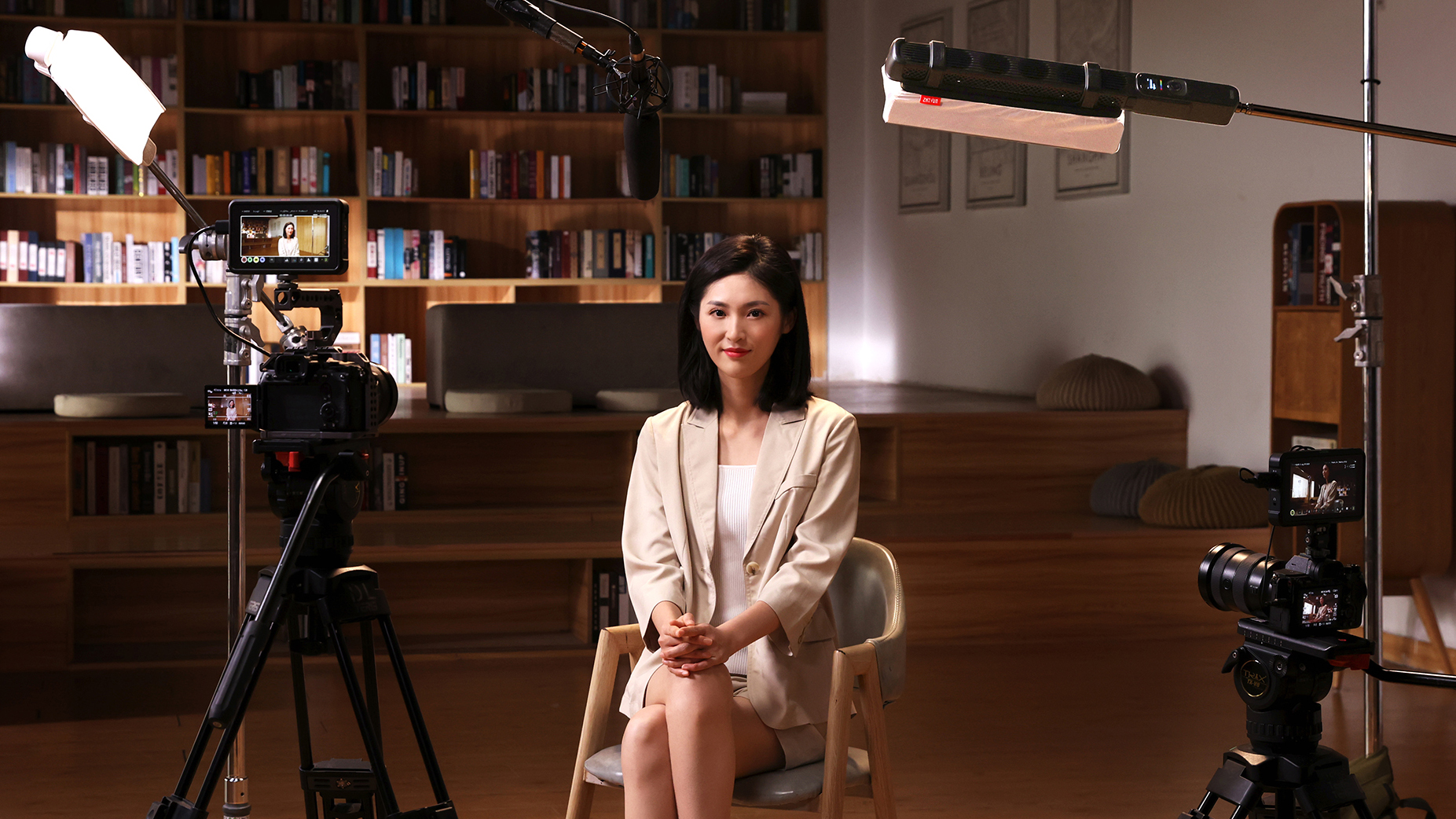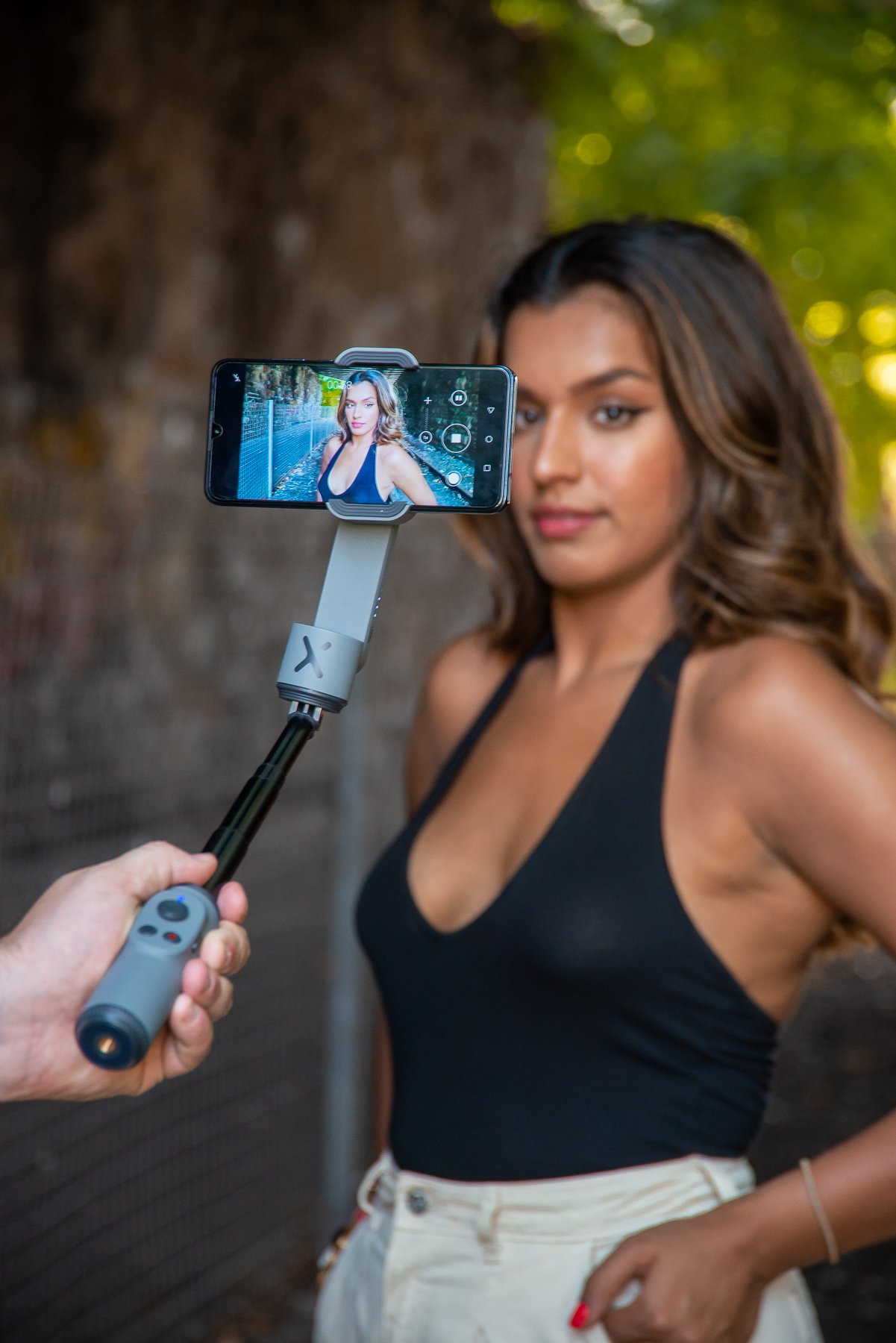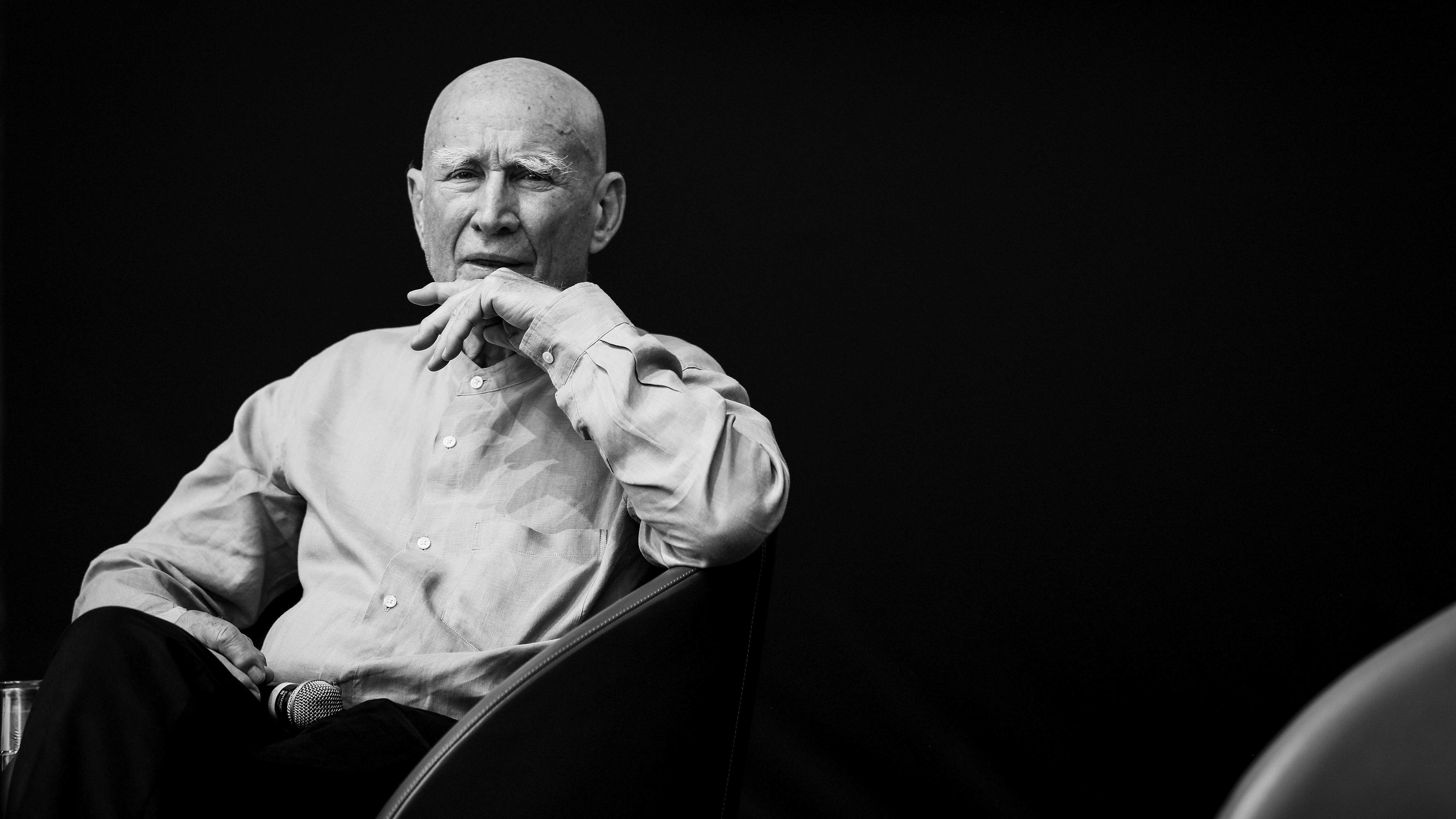10 top tips for Oscar-worthy filmmaking on your camera phone
Want to shoot video on your camera phone that's worthy of an award? Here's 10 tips for footage that would wow the Academy
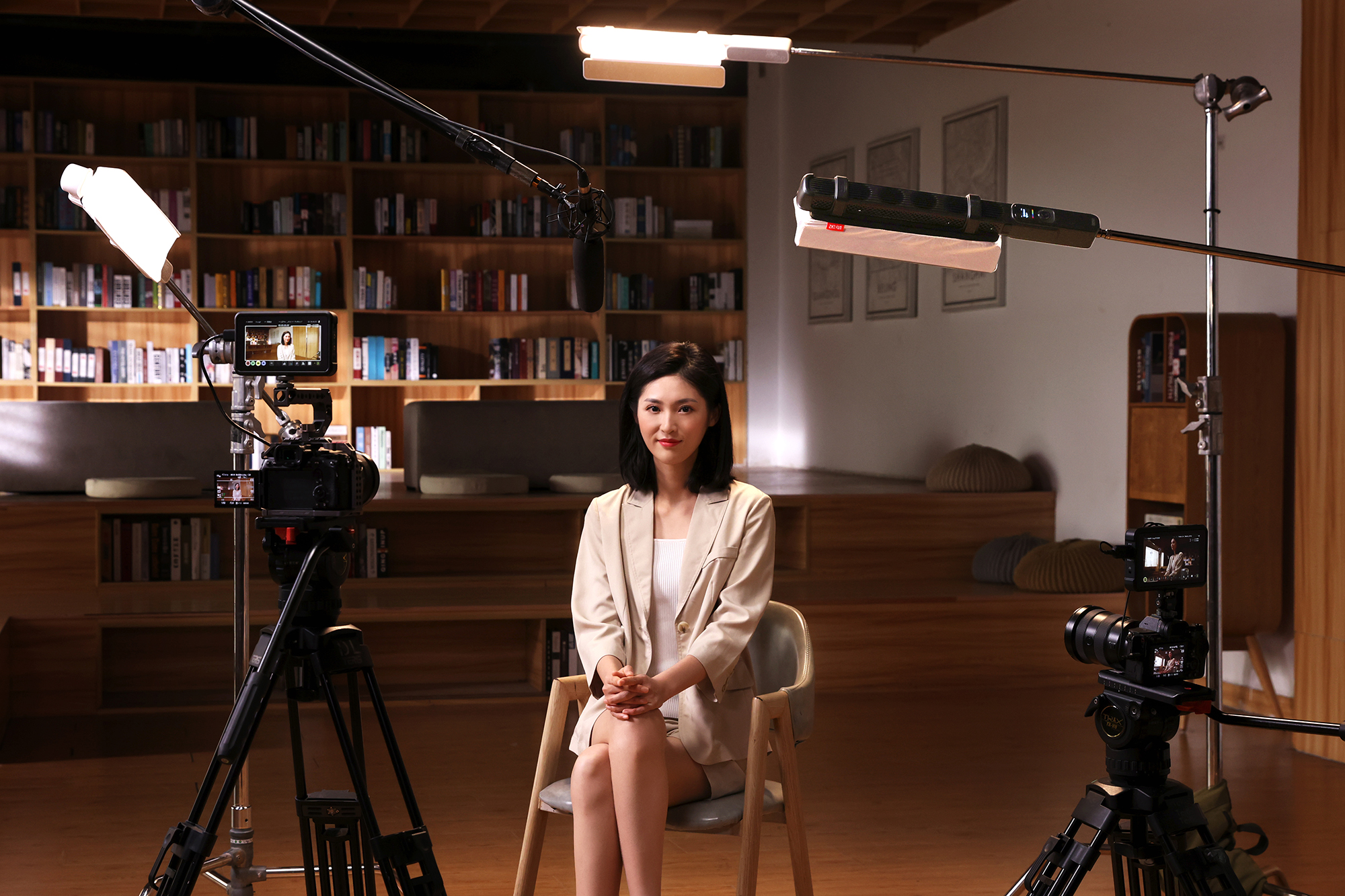
We're rapidly approaching Academy Awards season, which is an inspiring time for filmmakers everywhere as the film industry is abuzz with recognition and celebration of fantastic filmmaking. You won't need to reach for the best cinema cameras to shoot something suitably cinematic, though – as the best camera phones are more than capable of award-worthy shots.
There are numerous movies that were shot with a smartphone that have been contenders for awards, including 2011's Oscar-nominated Olive which was created on a Nokia N8, and the BAFTA-recognized short film Missed Call which was shot entirely on an iPhone X. More recently, Oscar-winning filmmaker, Charlie Kaufman, shot the short film Jackals and Fireflies using the Samsung Galaxy S22 Ultra.
Chinese manufacturer Zhiyun, which makes products such as wand lights, pocket lights, gimbals, and cranes for video shooters, has curated a list of ten must-try tips to capture better footage by making the most out of your smartphone.
Be sure to take a look at Zhiyun's new Make It Real short film collection for some much-needed inspiration on creating your smartphone spectacle and scroll through Zhiyun's top ten tips below.
1. Bring subject and scene to life with natural lighting
Lighting the subject and the scene perfectly will do several things. It can draw the viewer’s attention, establish the mood, and ensure that the audience will see exactly what you intend it to see. This can be achieved either through using more natural light sources, or a basic lighting setup that illuminates your subject.
Using the sun is the easiest lighting option; being both powerful and free to use. The sun can provide a beautiful and even light that illuminates your subject and helps to hide blemishes and bring out eye colors.
When the sun isn’t an option, filmmakers should use whatever video light is accessible to capture the most flattering shots. Using a very sheer white curtain can help soften sunlight if it’s too harsh. The sun can often cause unwanted shadows, so ensure that your back is to the sun to avoid your subject ending up as a silhouette.
The best camera deals, reviews, product advice, and unmissable photography news, direct to your inbox!
2. Use LED lighting in indoor and low light set ups
Avoid heavily backlit settings. Smartphone cameras that lack advanced HDR capabilities usually can’t see the same detail that the naked eye can, and in playback will output footage with a brighter light haloing a dark figure without any discernable features. To avoid this situation, try configuring a more basic lighting setup.
No access to natural light? You might be tempted to use a bright LED from a phone to illuminate your footage, but this can result in overexposure with washed-out colors and should be avoided. Instead, use fill lights that are designed to render colors faithfully and avoid mixing your light sources.
It's important to fight the urge to use everything you have when setting up video lighting. Avoid using competing color temperatures in your scene as your camera will likely try to adjust to the new white balances. Daylight color bulbs (5,000-6,000K) are a good alternative, but when in doubt stick with natural lighting.
3. Focus on the details
Focus on adding interest and depth to your narrative. Look for opportunities to play with reflections in your videos, such as puddles, larger bodies of water, mirrors, sunglasses, drinking glasses, and metallic surfaces to name just a few.
You can also try capturing close-up shots of the intricate and delicate details in a scene, which can make for interesting viewpoints. By exploring textures and patterns like peeling paint, rough tree bark, a serrated rooftop or a dirt road, you can practice storytelling in different ways without the main characters or subjects.
4. Change up how you frame each shot
The placement of your subject in a film is very important. You can either completely fill the frame with your subject or, for added interest, film them slightly off-center. To create a more visually interesting scene, play around with one of the most basic principles of composition; the rule of thirds.
While you're filming, picture a three-by-three grid laid over the scene, and instead of placing your subject right in the middle of the shot try placing your subject along one of the grid lines. The points where the lines intersect are particularly strong areas of visual focus so, if you can, place important elements of the video there.
5. Unleash creativity with smart editing
Through the power of technology, you can now edit footage directly on your phone using an app – or your smartphone might already have editing software built in. If using a gimbal, there are plenty of apps with a bunch of clever effects that come with them for optimization – for example, the ZY Cami app.
Alternatively, explore panorama modes to capture the full beauty of landscapes, or make the most of timelapse, hyper-lapse and motion lapse modes to add dimensions and perspectives to your movie footage.
6. Accessorise with add-on lenses
Add-on lenses are a great way to enhance your footage with new effects, especially with the ease of accessibility when using smartphone video kits.
A filtered lens will give a tint to the scene, and certain add-on lenses can bring a cinematic depth of field to your shooting, while others can create a fishbowl effect, which is often used in action sports filming like skateboard videos.
• These are the best lenses for iPhone and Android camera phones
7. Stabilize your shots
Whatever you're shooting, and whatever you're shooting on, use a gimbal! An essential accessory for smartphone filmmaking especially, a gimbal will help to avoid shaky footage that looks amateurish and disorienting, and would otherwise take hours to correct in post-production.
• These are the best smartphone gimbals, along with the best gimbals for DSLRs and mirrorless cameras
8. Create cinematic sound
Sound is crucial in your movie if you want to keep your audience engaged. Capturing quality audio externally for your smartphone footage can be achieved with a simple addition of an audio recorder, boom mic, and even wireless microphones can make a huge difference to your sound quality.
Audio recording devices will pick up every little sound, even an air conditioning unit or a train in the distance. So, with this in mind, pay attention to the locations where you're shooting. You might want to avoid locations with higher background noises such as busy train stations, and when indoors, check for echo and reverberation from hard surfaces or other potentially distracting sounds.
• Take a look at the best microphones for vlogging and filmmaking
9. Bring extra charging power
Your smartphone battery alone won't last if you’re spending hours shooting footage. And the last thing that you want is for your phone battery to deplete in the middle of a crucial scene.
Always ensure that your phone is fully charged before filming, and pack a power bank to enable you to continue filming even if your battery starts to get low.
10. Back it up
Always back up your footage to an external hard drive or cloud storage in case your device or your footage gets lost. By uploading your film onto your computer straight away to create a copy of everything, you'll be left with extra assurance.
Additional memory cards for phones will also give you extra storage space if your handset is short on it – especially if you're shooting 4K or even 8K footage. Take a look at the best hard drives for video editing for peace of mind that your footage is always secure.
• You may also be interested in the best light meters for photography, as well as the best-LED light panels, the best flash diffusers, softboxes, and modifiers, and not forgetting the best light stands to enhance your overall lighting setup.
• See our reviews of the Zhiyun Fiveray M40 pocket light, plus the Zhiyun Fiveray F100, and the Zhiyun Fiveray FR100C light wand - the ultimate Jedi light for photographers.
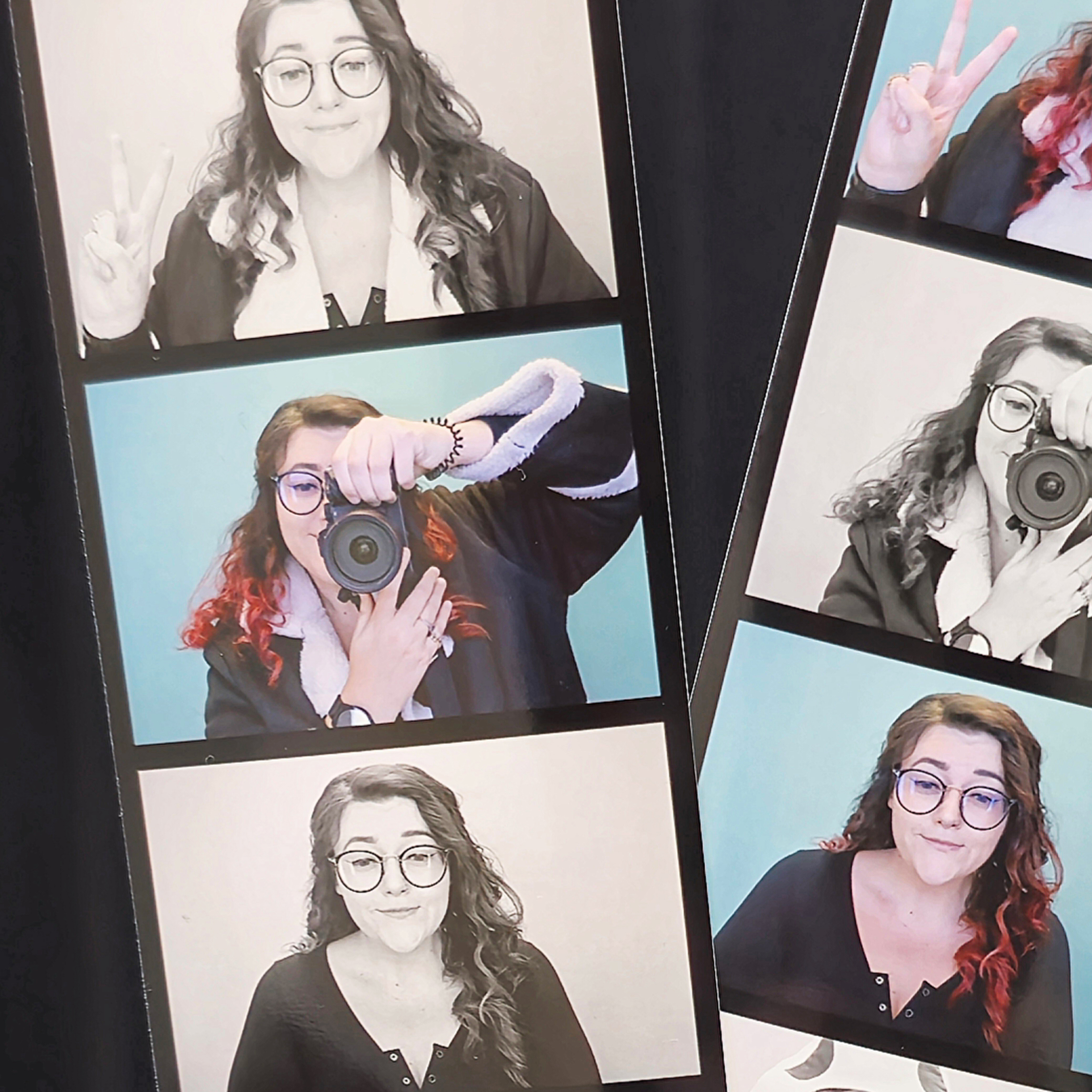
Beth kicked off her journalistic career as a staff writer here at Digital Camera World, but has since moved over to our sister site Creative Bloq, where she covers all things tech, gaming, photography, and 3D printing. With a degree in Music Journalism and a Master's degree in Photography, Beth knows a thing or two about cameras – and you'll most likely find her photographing local gigs under the alias Bethshootsbands. She also dabbles in cosplay photography, bringing comic book fantasies to life, and uses a Canon 5DS and Sony A7III as her go-to setup.
